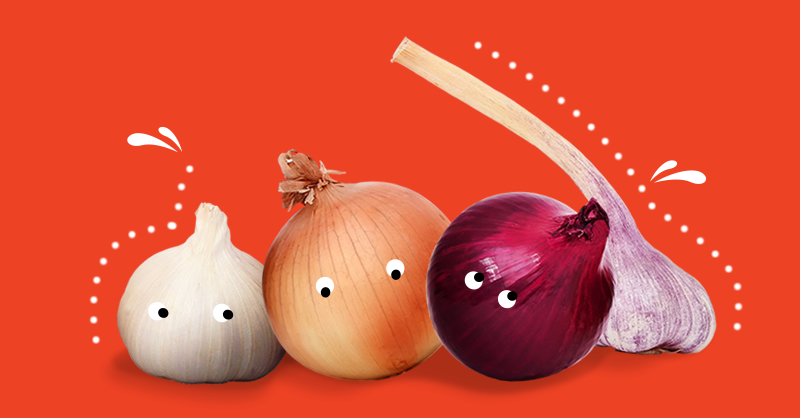Any condition that affects the joints, whether it’s bursitis, tendinitis or osteoarthritis, often has three things in common – it can be extremely painful, can disrupt your normal daily routine, and is accompanied by inflammation.
At its most basic, inflammation is your body’s healing response to injury or damage. The signs of inflammation include swelling, redness, warmth and sometimes pain and immobility.
While there are various short-term remedies, making changes to your diet can provide long-term benefits and help maintain joint health. Studies suggest that certain foods can play a role to help ease swelling, reduce pain and even slow the progression of osteoarthritis and other conditions caused by inflammation.
Here are 5 diet fixes you can make to eat your way to a more limber life.
The Mediterranean diet staples
Rich in good fats and fresh whole foods, the Mediterranean diet has long been championed for its health-promoting, anti-inflammatory properties.
It doesn’t take too much effort or expense to adopt the Mediterranean way of eating. Start by adding more plant-based foods (vegetables, fruits, legumes and whole grains) to your diet, cutting back on red meat and sticking to grass-fed cuts.
You should also aim to boost your omega-3 fatty acid intake by using olive oil in salads and cooking, and eating oily fish (salmon, tuna, sardines, mackerel, trout) twice a week. And when the munchies hit, make nuts your go-to snack.
Cherries and berries
Cherries and berries are a source of antioxidants including flavonoids, which help protect the body from free radicals that promote inflammation.
One study suggests that a steady weekly intake of strawberries may reduce your levels of C-reactive protein (CRP), a measure of body-wide inflammation linked to pain in osteoarthritis suffers.
Tart cherries, especially in juice form, contain among the highest concentration of antioxidants of any food as well as the flavonoid anthocyanin, and may help to provide symptom relief for people with mild to moderate osteoarthritis in the knee.
Broccoli
An adequate intake of vitamin K is thought to play a role in the maintenance of healthy joints. Not only is broccoli abundant in vitamin K, it also contains sulforaphane, a compound thought to prevent the breakdown of cartilage.
If this particular leafy green is really not your thing, take your pick among the others in the cruciferous vegetable group, including rocket, Brussels sprouts, cabbage, cauliflower, spinach, bok choy and kale. (Handy hint: many of these vegetables taste spectacular when roasted.)
Garlic
Garlic and other members of the allium family – such as onion and leeks – contain a compound called diallyl sulphide which is thought to protect joints by inhibiting enzymes that damage cartilage.
This little bulb packs a powerful punch, so don’t be shy about adding it to sauces, stews and salad dressings.
While you’re at it, sprinkle in some fresh herbs and spices such as rosemary, ginger, turmeric, black pepper, cumin and chilli pepper, which also have anti-inflammatory properties.
Chocolate
Here’s your excuse to indulge: the cocoa powder in chocolate is packed with phytochemicals that have been linked to reducing inflammation in the body.
The higher the cocoa content, the more benefits you’ll get – so stick to 70 per cent or higher, and remember to enjoy in moderation.




















































